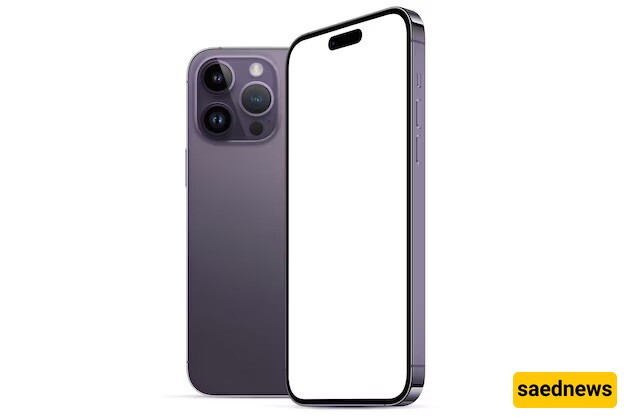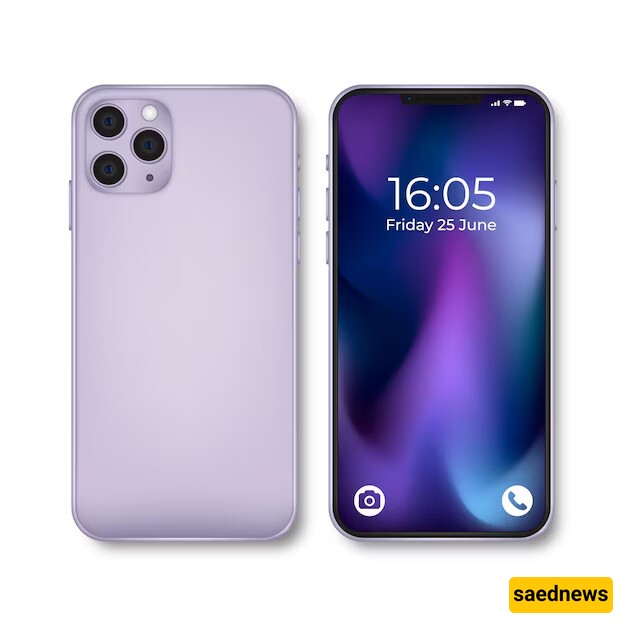Many iPhone 16 Pro users have expressed frustration with the device's touchscreen performance. But what’s causing this issue, and what’s the exact reason behind it? Let’s dive in.

According to Saeed News' Science and Technology service, citing Gadget News, numerous iPhone 16 Pro users have reported that their touchscreen occasionally stops responding. This issue typically occurs during scrolling, pressing buttons, or typing on the virtual keyboard.

After investigating, it has been discovered that the issue with the new iPhone is a software bug in the iOS operating system. It appears that the algorithm responsible for detecting accidental touches is overly sensitive and mistakenly registers multiple rapid touches as accidental.
This problem usually arises when users unintentionally touch other parts of the screen. Reports suggest that it is most noticeable around the camera controls, although it can happen in other areas of the display as well.
When this happens, the phone’s software temporarily ignores all new touches, meaning the user’s intended taps aren’t registered properly. A user named Khaos Tian shared this issue on the Mastodon social network. While this problem may appear in varying degrees depending on the situation, it seems to be aggravated by the iPhone 16 Pro’s extremely narrow bezels. These thin edges make it easier for the user’s hand to accidentally touch the screen, and even the slightest contact can cause the touchscreen to stop responding to commands or touches.
One of the main reasons for the problem is unintentional contact between the user's fingers and the narrow edges of the display while holding the phone. This is especially noticeable when the phone is used without a case, as the likelihood of accidental touches increases, disrupting the touchscreen’s functionality. While using a case can reduce this problem to some extent, it doesn’t fully resolve it.
The issue has recently been observed in iPhones running iOS 18 and the beta version of iOS 18.1. We expect Apple to address this problem with a software update.
Interestingly, this issue only occurs when the phone is unlocked and in use. It doesn’t happen when the device is locked. This leads us to believe the root cause of the problem is related to the phone's software, and a software bug is likely to blame for the disruption.

